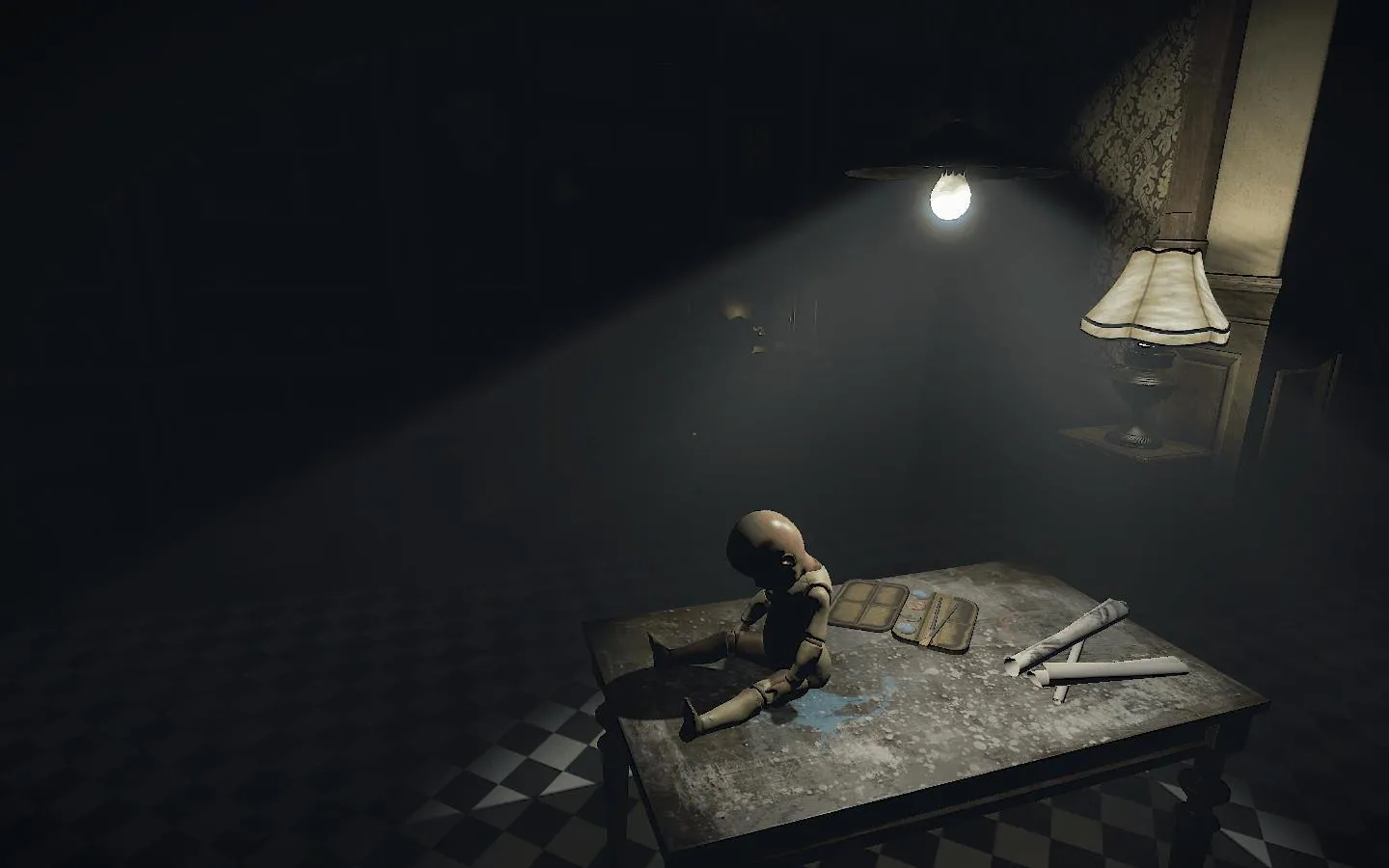
Layers of Fear: A Descent into Artistic Madness
Contents
The art of crafting a truly terrifying horror game lies in immersing the player from the very first moment, much like preparing a perfect bowl of pho. Every ingredient, every nuance must contribute to the overall experience. Layers of Fear, a 2016 psychological horror game developed by Bloober Team, attempts this delicate balance, but stumbles along the way. This review will delve into the chilling world of Layers of Fear, exploring its strengths and weaknesses.
Unveiling the Artist’s Torment
 Layers of Fear – Game Review
Layers of Fear – Game Review
Secrets Lurking in Every Corner
True to its name, Layers of Fear peels back the layers of a nameless artist’s life within the confines of his unsettling Victorian mansion. Each room holds dark secrets, acting as puzzle pieces in a macabre narrative that players must unravel to progress. With each stage completed, a new item materializes, guiding the protagonist towards his ultimate goal: completing his magnum opus, a final painting constructed from six hidden objects scattered throughout the house.
Players interact with doors, drawers, and furniture, discovering letters, newspaper clippings, and personal artifacts that shed light on the painter’s troubled family. Beyond simply finding keys and collecting objects, some rooms demand interaction with specific items or even shifts in perspective to unlock the path forward. A vintage gramophone warps the environment based on the music played, while seemingly impenetrable spaces become accessible with a simple turn of the character’s back.
Each puzzle, while intriguing in concept, proves relatively straightforward, requiring only keen observation to solve. However, the unsettling atmosphere maintains a constant tension, with ghostly apparitions and ominous dolls lurking in the shadows, ready to deliver jump scares at every turn.
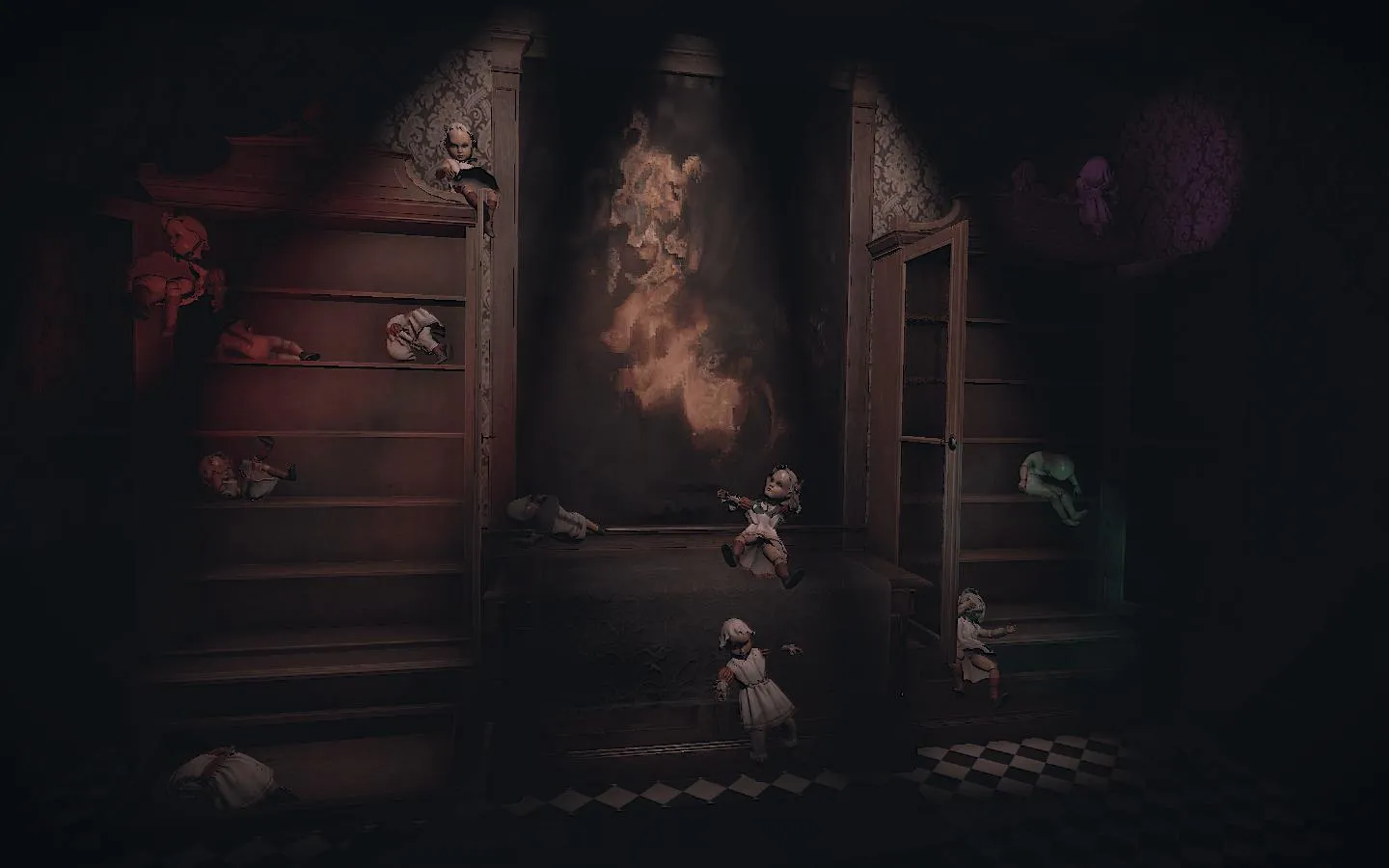 A Bloody Masterpiece
A Bloody Masterpiece
A Portrait of Tragedy
The story unfolds as a tragedy, revealing the downfall of a once-celebrated painter and his musically gifted wife. Behind their seemingly perfect facade lies a fractured family life. Their daughter bears the brunt of her alcoholic father’s rage, while the mother desperately tries to hold the family together. The artist, plagued by illness and mental instability, becomes a mockery of his former self, his later works ridiculed by critics. A house fire leaves his wife disfigured, further exacerbating his descent into madness and pushing him to shun her.
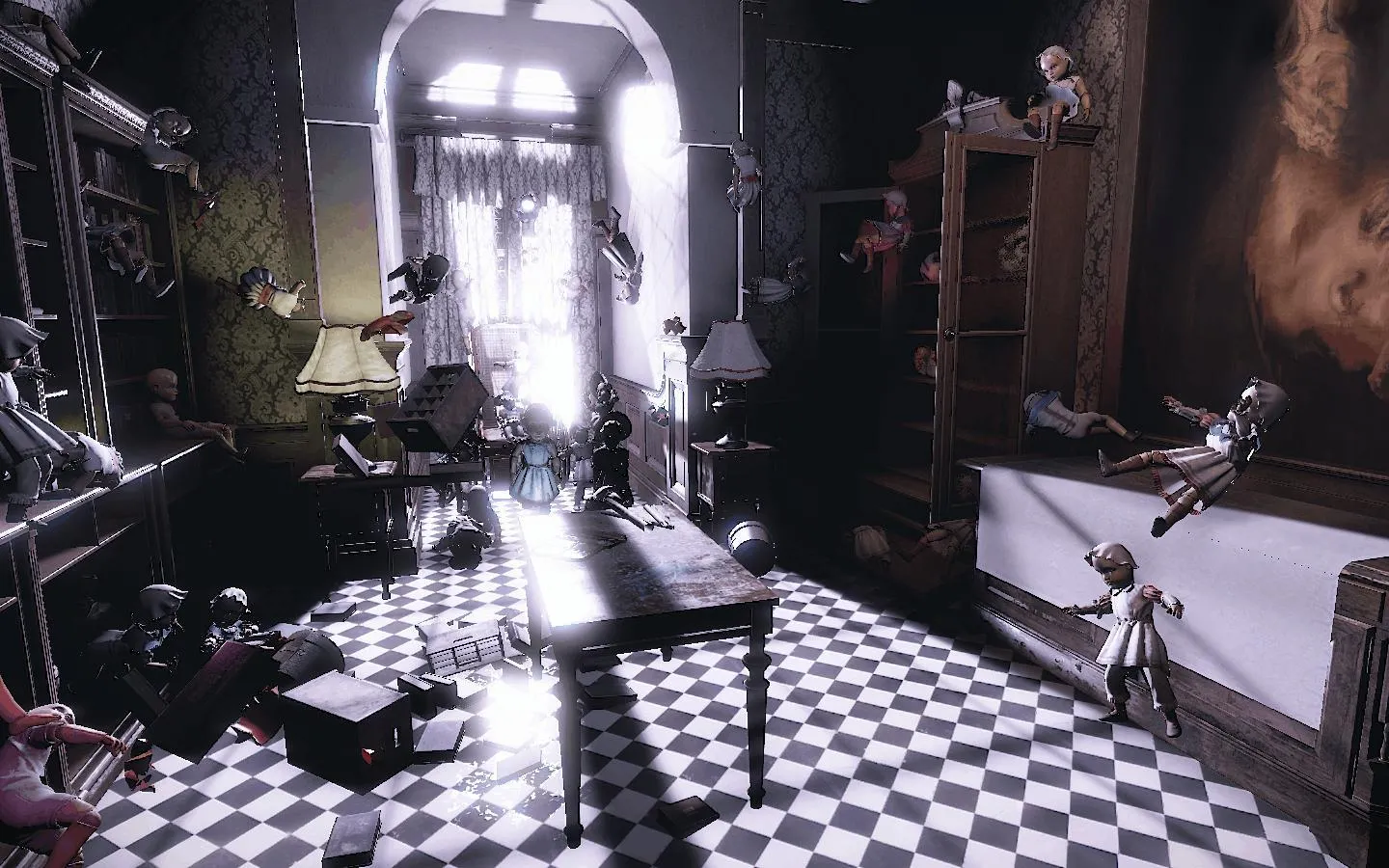 A Legacy in PaintAmidst this ruin, the painter’s last desire is to create a final masterpiece, a work reflecting both his artistic brilliance and his fractured psyche. This painting, intended for his long-suffering wife, requires six unique items, each representing a different stage of his life, which the player must collect. The game’s 19th-century setting, combined with the chilling atmosphere and psychological horror elements, evokes a sense of dread reminiscent of Amnesia, albeit with a distinct artistic flair.
A Legacy in PaintAmidst this ruin, the painter’s last desire is to create a final masterpiece, a work reflecting both his artistic brilliance and his fractured psyche. This painting, intended for his long-suffering wife, requires six unique items, each representing a different stage of his life, which the player must collect. The game’s 19th-century setting, combined with the chilling atmosphere and psychological horror elements, evokes a sense of dread reminiscent of Amnesia, albeit with a distinct artistic flair.
The visuals and sound design, powered by Unity Engine, are impressive, achieving a near photorealistic quality. From the dimly lit corners splattered with dried paint to the disturbing artwork adorning the walls, Layers of Fear creates a visually compelling horror experience. The power of Unity 5 renders the game like a macabre film, with the player controlling the narrative’s progression.
Where the Canvas Fades
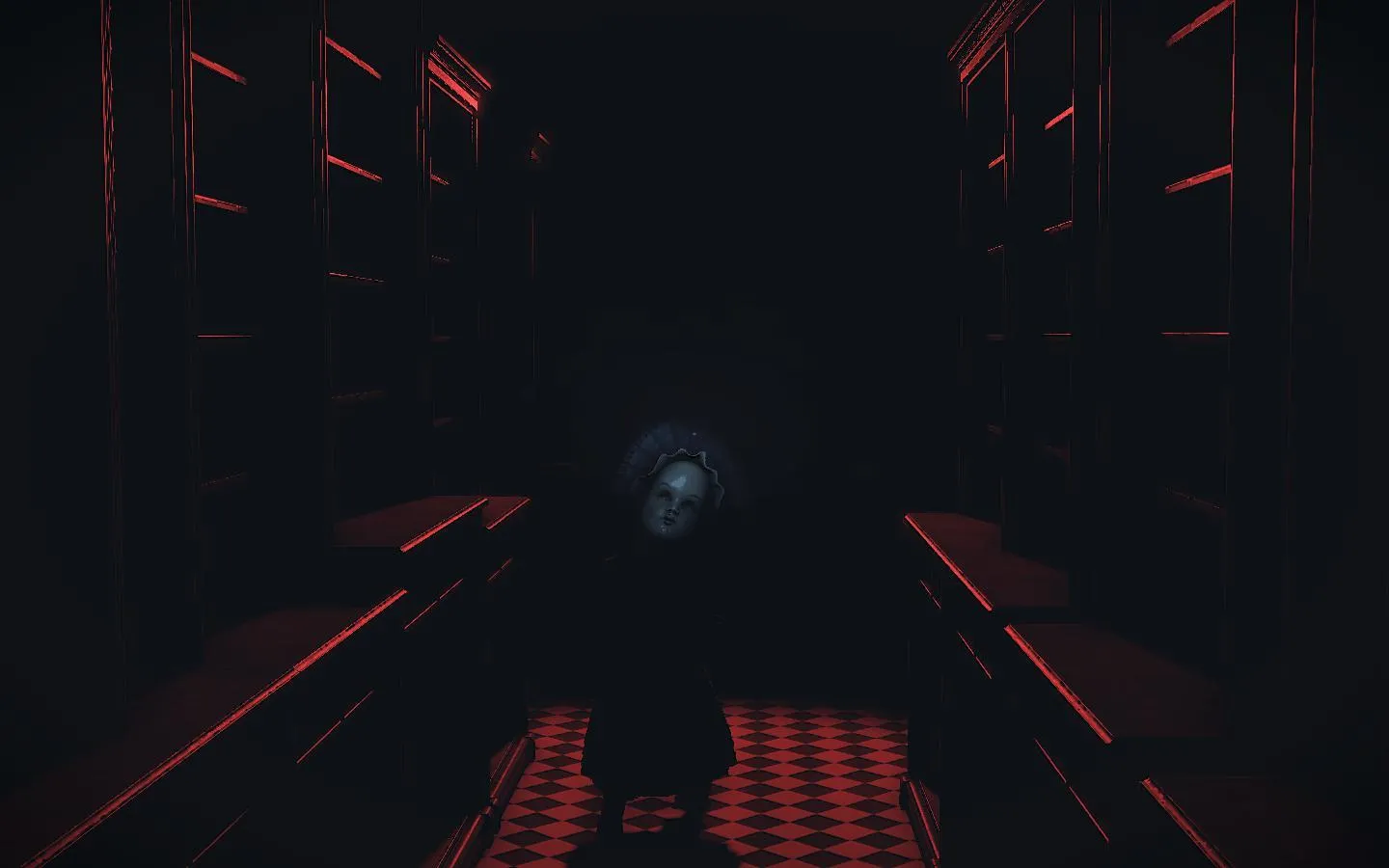 Gameplay Shortcomings
Gameplay Shortcomings
Shallow Gameplay and Repetitive Scares
Just as a poorly prepared dish lacks flavor, a game lacking balanced design can fall flat. Layers of Fear suffers from this imbalance. Beyond moving, looking, and interacting with specific objects, there’s little challenge or depth to the gameplay. Puzzles are predictable, serving primarily as triggers for scripted sequences, resulting in a linear and unnecessarily restrictive experience.
Furthermore, the game overuses jump scares, a cheap tactic that diminishes the overall horror experience. With jump scares occurring every 5 to 10 minutes, exploring new areas becomes a tedious exercise in anticipation, rather than genuine fear. The predictability of these scares, ranging from morphing paintings and ghostly apparitions to sudden noises, ultimately undermines the game’s potential for genuine terror.
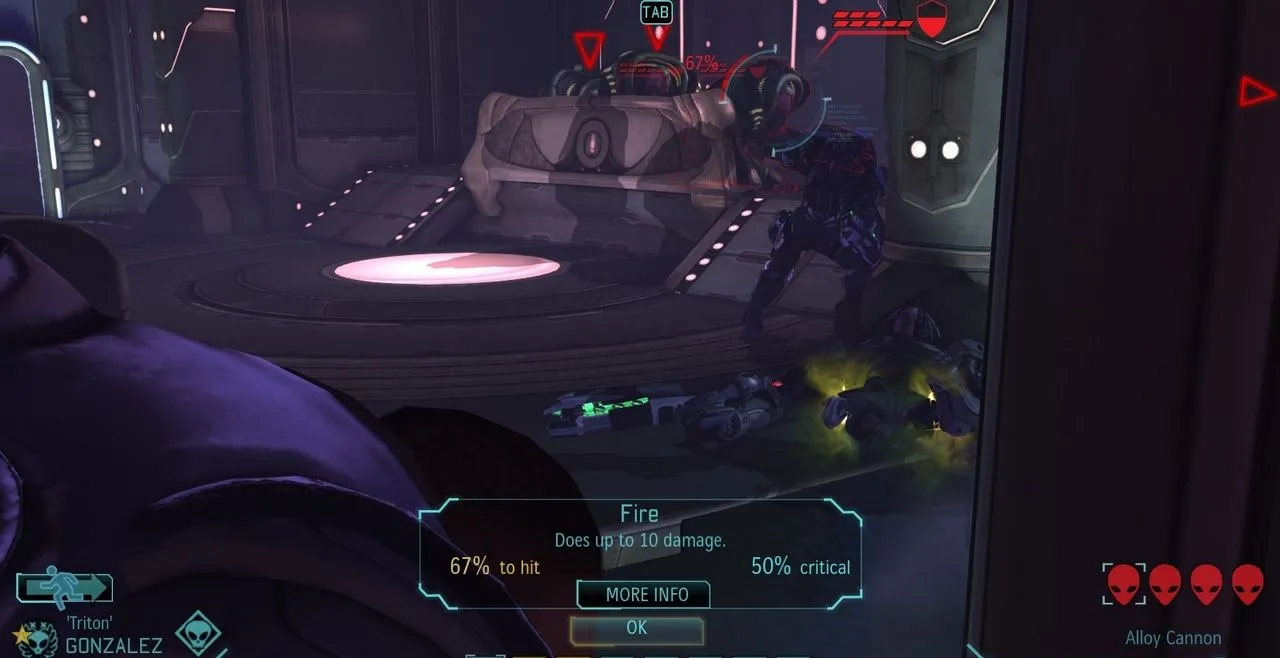 Technical Issues
Technical Issues
Lackluster Voice Acting and Technical Glitches
The impressive sound design is unfortunately contrasted by subpar voice acting, particularly the protagonist’s, which lacks emotion and authenticity, even during moments of desperation and fear. Technical issues, such as poor anti-aliasing and occasional frame rate drops, while not frequent, further detract from the overall experience.
Conclusion: A Brush with Mediocrity
Layers of Fear presents a visually captivating and atmospheric horror experience, but its shallow gameplay, over-reliance on jump scares, and technical flaws ultimately hold it back. While the narrative and setting hold promise, the execution leaves much to be desired. The game ultimately feels like a missed opportunity to deliver a truly compelling psychological horror experience.



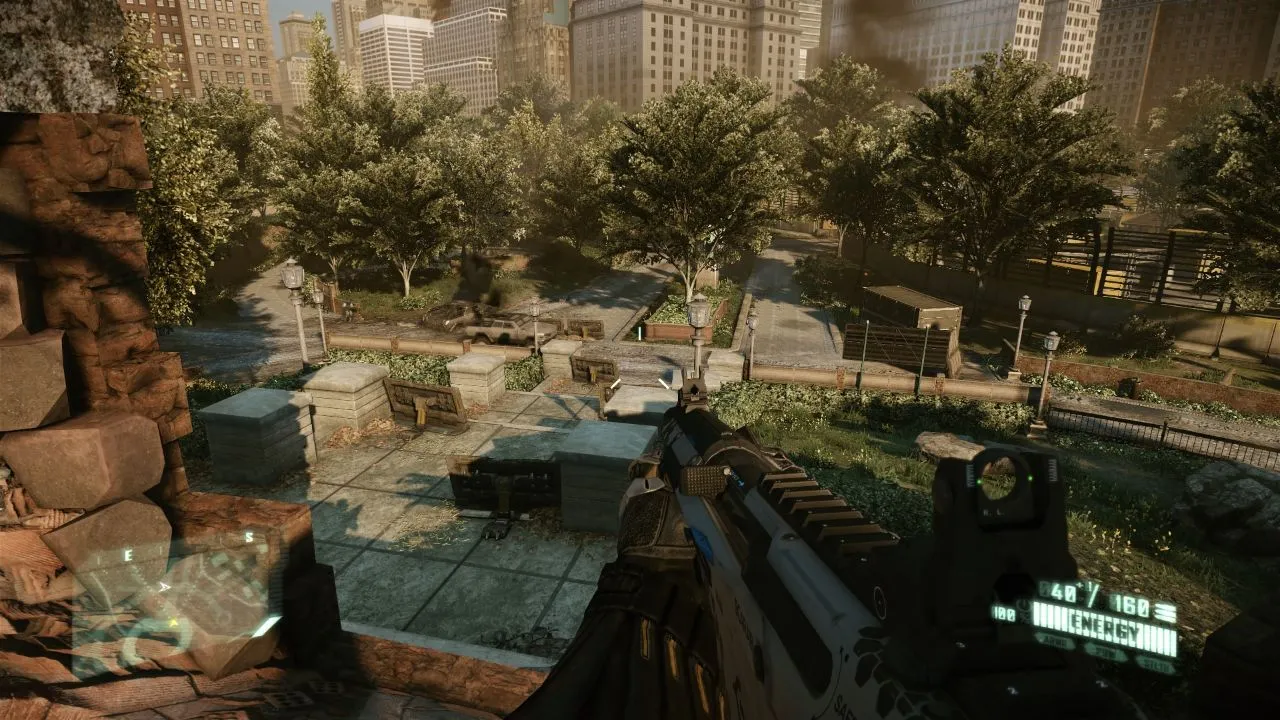

Comments (0)